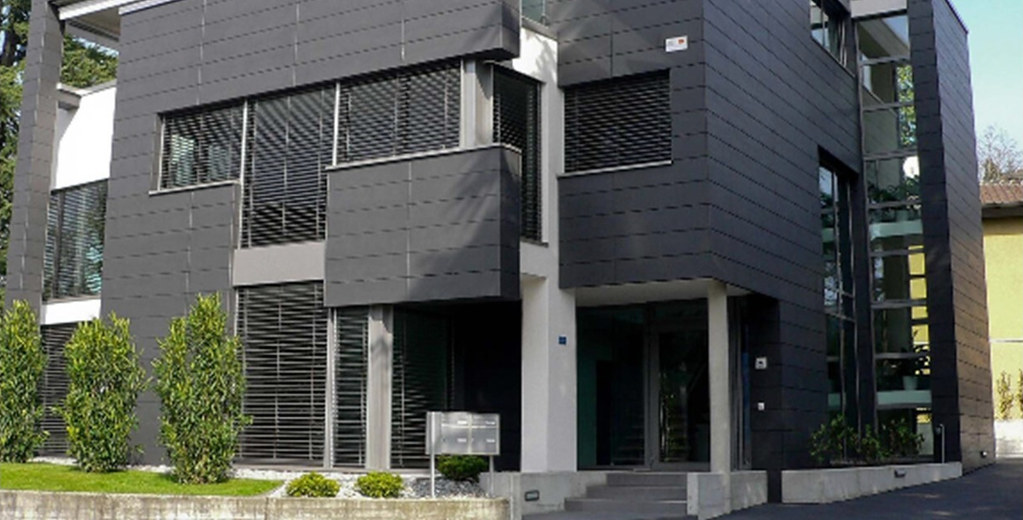拜登政府能源部今(2022)年3月投資220萬美元(約新台幣6390萬元),發展將電廠煤炭廢料再製為耐火、堅固、輕質建築材料的技術,以助緩解「化石燃料轉型乾淨能源」對煤業的影響。
創新煤製建材環保且耐用
這220萬美元將挹注佛羅里達州塑膠集團Semplastics旗下的碳材料公司X-MAT Carbon Core Composites。2013年,Semplastics的先進材料部門X-MAT®開始開發一種以煤為基礎的新型高性能材料,該公司聲稱這種材料「結合金屬、塑膠和陶瓷最有價值的特性於一身」。
X-MAT Carbon Core Composites正在興建一座從結構柱到牆壁和屋頂瓦片,完全由煤作為材料製造的建築。該公司的網站表示:「這些煤製建築材料具有防火、無毒、輕量和耐用的特點,不僅比傳統的同類產品更安全,而且更容易使用和環保。」
「這是對煤炭的重新構想,」X-MAT和Semplastics的創始人伊斯特(Bill Easter)說。「我們很榮幸從美國能源部獲得這筆資金,以繼續利用煤炭和煤炭廢料進行革命性工作,將這些創新的綠色建築產品推向市場。」
美國能源部國家能源技術實驗室(NETL)總共授予X-MAT和Semplastics超過1300萬美元的資金和合約,其中包括一項價值140萬美元、用於開發煤炭廢料的新用途的合約,以及一筆近100萬美元、研究以煤炭製造電池材料的資金。
該公司希望在2023年前開始讓新開發的碳建材實際用於部分建物。
「回收煤炭有很多有趣、環保的方式,」伊斯特說,「我們的團隊以獨特的方式再造煤炭,如X-TILE™是一種可以承受極端溫度的輕量防火煤炭屋瓦。我們的下一個目標是近100%用煤炭建造房屋。非常感謝美國能源部支持我們的工作。」
煤廢料在3D列印中大放異彩
此外,美國能源部也在德拉瓦大學(University of Delaware)投資了另一個研究計畫,要將美國國內煤炭廢料中的石墨烯粒子用於3D列印。
機械工程教授傅昆(Kun “Kelvin” Fu,音譯)和化學與生物分子工程教授焦鋒,接下來三年將與學生們一起將煤炭變成可加入3D列印用線材的碳材料。
他們的研究獲得美國能源部100萬美元的資助,另有25萬美元資金來自德拉瓦大學。
「能源部正在尋找新技術,要將煤炭作為碳原料加以利用,」焦鋒說,「我們不能一直燒煤,但可以用煤炭作為原料來生產其他不產生大量有害排放的有用材料。」
雖然氣候社群呼籲世界各國和產業減少溫室氣體排放,現實是工業運作難以立刻停止,包括煤炭的開採。
「將煤炭轉化為碳材料,並用於3D列印,是一種利用煤炭原料的新方法,仍能保留相關工作機會並創造高價值產品。」焦鋒說。
Turning coal waste from power plants into fire-resistant, strong, lightweight building materials is a project the U.S. Department of Energy is supporting, investing another $2.2 million this month as part of a wider effort on the part of the Biden administration to find ways of easing the impact of the nation’s switch from fossil fuels to clean energy on coalfield communities.
The $2.2 million is going to X-MAT Carbon Core Composites LLC, of Orlando, Florida, a division of Semplastics, located nearby. In 2013, the Advanced Materials Division of Semplastics began development of a new high performance material utilizing coal, now called X-MAT®, that the company claims “combines the most valuable properties of metals, plastics and ceramics.”
The company will continue the process of creating a building made entirely from coal-based materials – from structural columns to walls to roof tiles. “These coal-derived building materials are fire resistant, non-toxic, lightweight and durable, making them not only safer than their traditional counterparts, but easier to use and eco-friendly,” the company says on its website.
“This is coal reimagined,” said Bill Easter, founder of X-MAT and Semplastics. “We’re honored to receive this funding from the DOE to continue the revolutionary work of using coal and coal waste to bring these innovative, green building products to the marketplace.”
In total, the NETL has awarded X-MAT® and Semplastics over $13 million in grants and contracts, including a $1.4 million contract to create new uses for coal waste and a nearly $1 million contract to help fund research on utilizing coal in battery materials.
The company hopes to have a partial coal house constructed by 2023 using its proprietary roof tiles, siding panels, bricks, and blocks.
“There are so many fascinating, ecofriendly ways to use and recycle coal,” said Easter. “Our team has already reimagined coal in unique ways such as the X-TILE™, a lightweight, fireproof coal roof tile that can withstand extreme temperatures. Building a house almost entirely from coal is next on our docket. We’re very thankful to the DOE for its continued support of our work.”
Coal Waste Makes Its Mark in 3-D Printing
The Department of Energy is also investing in a project at the University of Delaware to find efficient, effective ways to use graphene particles from domestic coal wastes in 3D printing.
Professor Kun “Kelvin” Fu in mechanical engineering and Professor Feng Jiao in chemical and biomolecular engineering will spend the next three years working with students on converting coal to a carbon material, which can then be added to filaments or resins used to feed high-tech 3D printers.
Their research is funded by $1 million from the U.S. Department of Energy, with another $250,000 in funding from the University of Delaware.
“Right now, the Department of Energy is looking for new technologies to neutralize coal as a carbon feedstock,” Jiao said. “We cannot keep burning coal. But we can use coal as a feedstock to produce other useful substances that don’t involve a lot of harmful emissions.”
As the climate community urges countries and industries around the globe to reduce their greenhouse gas emissions, there’s also the reality that industrial operations cannot be immediately shut down. That includes coal mining.
“If we convert coal to a carbon material and use it for 3D printing, that’s a way to neutralize the coal feedstock, but still keep jobs and create high-value products,” Jiao said.
※ 全文及圖片詳見:ENS








